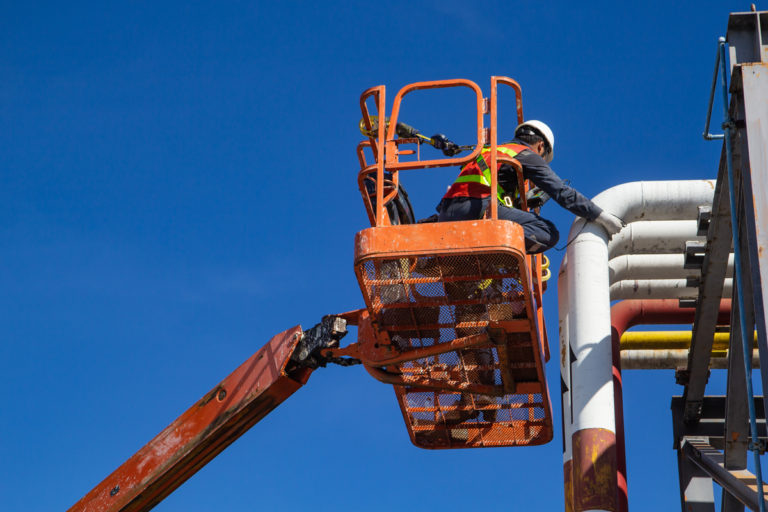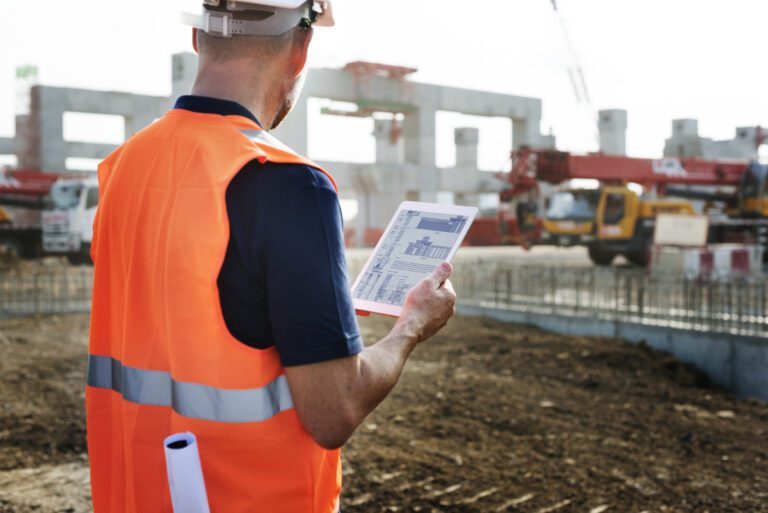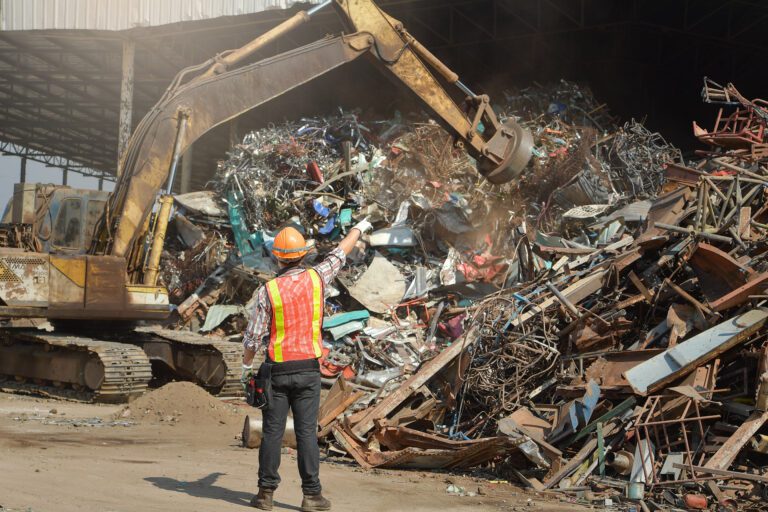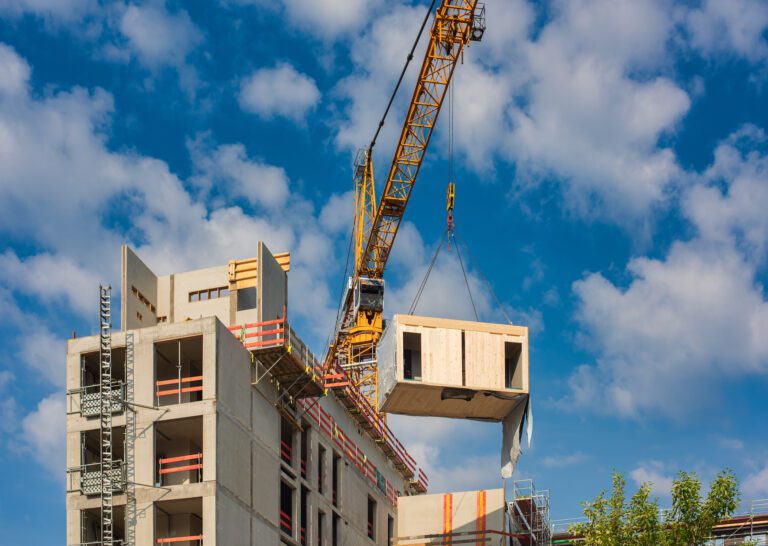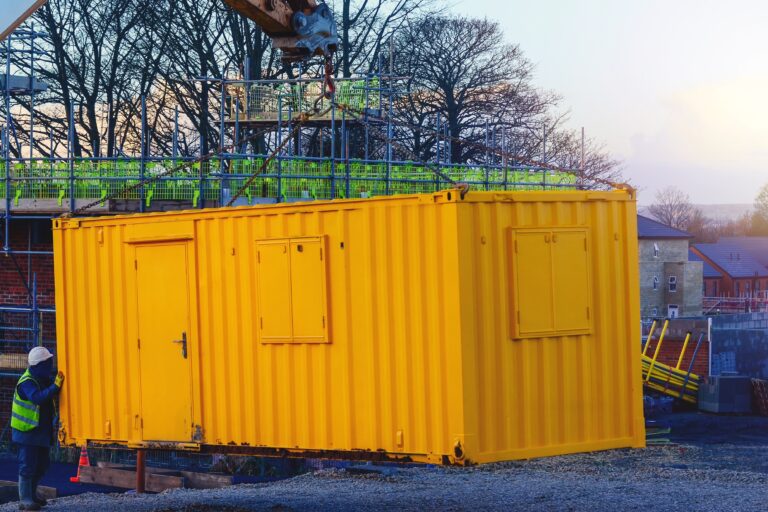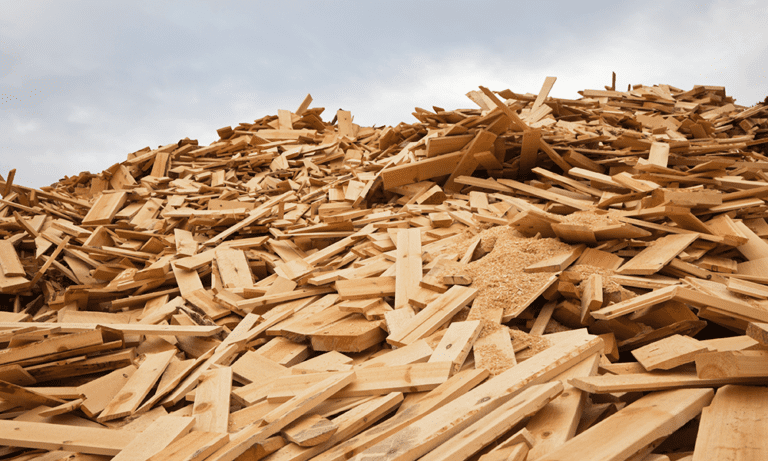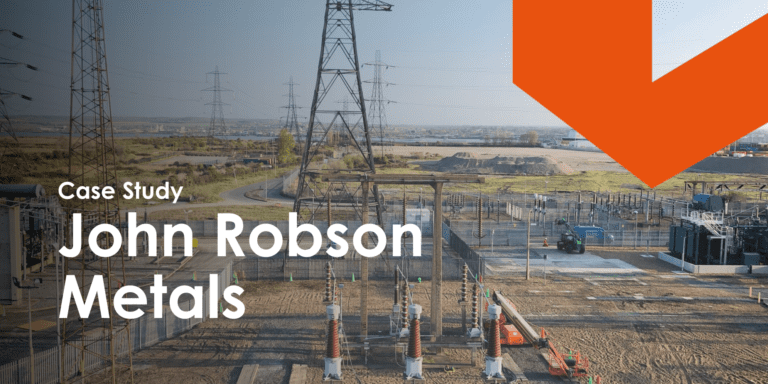27th March, 2024
Landfill Diversion in Construction: Your Guide to Transforming Waste Management
Learn how smart landfill diversion in construction elevates your project's environmental and compliance standing. Transform your waste management today.
Navigating the construction landscape today feels quite different, doesn’t it? If you’re a project manager, contractor, or anyone who makes the tough calls on procurement, this probably puts a lot on your plate. Amidst endlessly balancing timelines and budgets, there’s yet another growing spotlight on how we handle the less glamorous side of construction: waste management. It’s not just about keeping sites tidy; it’s about how our waste-handling choices ripple through the environment, defining our project’s legacy. That’s where landfill diversion reports step in.
Decoding Reports: What Is Landfill Diversion in Construction?
Imagine ending your project not just with a new structure but with a report card that shows you’ve played a part in protecting the planet. Say, something like a snapshot showing the chunk of waste from your site that was saved from the dreaded fate of languishing in a landfill.
And there you have the answer to what the landfill diversion report offers. By categorising, recycling, and weighing what’s reused versus what’s discarded, we get a clear picture – a percentage, to be exact – of our project’s environmental footprint.

Source: Constructionproducts.org.uk
Why Should You Care?
In an industry contributing to 62% of the UK’s total waste and a staggering 32% of what ends up in landfills, our projects are more than just construction – they’re a statement on sustainability. Plus, let’s not forget that meeting waste diversion goals isn’t just good practice; sometimes, it’s a contract must-have. Falling short can mean disputes and fines – not exactly the project post-mortem we want.
Landfill Diversion Matters More Than Ever
The construction industry stands at a crossroads in the face of escalating environmental concerns and stringent regulations. One path leads to continued reliance on outdated waste management practices, with all its environmental and financial burdens. The other, however, offers a route to sustainability, innovation, and efficiency through the strategic diversion of waste from landfills.
The Bigger Picture: Environmental and Economic Impacts
The construction sector’s massive waste generation isn’t just an environmental issue; it’s a glaring inefficiency in one of the world’s largest industries. With the UK construction industry responsible for a significant portion of the country’s waste, the potential for change is enormous.
In short, it’s not just about compliance or public image; it’s about redefining what it means to build in the 21st century. Landfill diversion in construction is more than an environmental good deed. It’s a step towards reimagining waste as a resource that also allows you to turn what was once an expense into an asset.
Care to know how?
The Win-Win of Waste Diversion
Have you considered thinking of waste not as something to dispose of but as a resource? Effective waste management means less spending on new materials and disposal fees. Even better, it offers the potential for a new revenue stream from selling recyclable materials.
Redirecting waste from landfills is a multifaceted strategic move. This practice slashes the carbon footprint of your work while saving precious resources at the same time. But there’s more – it could also be a golden ticket to avoiding fines and bolstering your project’s image.
In that light, diverting construction waste from landfills benefits both the planet and your project.
The Shiny Example of London’s Olympic Park
A standout example of waste diversion planning for the construction industry is the development of the Olympic Park in London for the 2012 Olympics. This project was heralded for its sustainable construction practices, including its ambitious waste management objectives.
By prioritising reuse and recycling of materials, the project achieved a remarkable 98% diversion rate from landfills. Materials such as concrete and metal were recycled on-site and reused within the park, demonstrating a commitment to sustainable construction that reduced environmental impact and optimised project budgets.
From Theory to Practice: Waste Diversion Planning for the Construction Industry
Achieving high landfill diversion rates isn’t just about intention; it’s about action. Here are five practical strategies with real-world advice for embedding sustainability into the fabric of your construction projects.

Annual turnover of the waste collection industry in the United Kingdom, according to Statista
- Plan with Purpose
It all starts with a blueprint – not for your building but your waste. A detailed waste management plan lays the groundwork for what comes next, helping you identify, segregate, and decide on the fate of various materials. It’s about thinking ahead and making waste diversion a core part of your project from day one.
This plan should go beyond mere disposal, outlining strategies for waste minimisation, recycling, and reuse. Envision the end of your project’s lifecycle at its beginning, identifying opportunities to reduce waste generation and setting ambitious yet achievable diversion targets.
Practical Tip: Involve Every Stakeholder
Don’t play the Titan, holding the entire Earth on your shoulders. Everyone, from architects and suppliers to subcontractors and site workers, should fulfil their role in waste management. Engage with your team early and effectively by incorporating their insights into your plan, and in return, foster a culture of responsibility and innovation.
- Implement On-Site Segregation to Maximise Recycling
Segregation at the source is the linchpin of effective waste diversion planning for the construction industry. It can significantly increase recycling programs’ efficiency and recyclable materials’ quality, allowing you to strike two flies with one hit. While making recycling easier, you’re also increasing the value of your recyclables.
Separating materials right where they’re generated requires setting up the right skips in the right places and ensuring everyone on-site knows the drill. This means clear signage, accessible containers, and ongoing education for all site personnel.
- Build Partnerships with Recycling and Reuse Facilities
Landfill diversion in construction isn’t a solo journey. Collaborating with the right partners who get the construction gig can dramatically widen your recycling options. They have the know-how to turn your site’s waste into someone else’s building blocks.
Hiring waste management services, from skips to grab lorries and everything in between, ensures that the supply chain partner conducts waste removal and landfill diversion and relieves the contractor of the responsibility.
Practical Tip: Seek Innovation
Keep an eye out for the latest in recycling technology and materials science and consider how these innovations could fit into your project. There’s always something happening in areas like concrete recycling, wood repurposing, or metal salvaging. These aren’t just small changes; they can really increase the amount of your project’s waste that avoids the landfill.
- Track, Analyse, and Report Your Progress
What gets measured gets managed. Regularly tracking how much waste you’re diverting can highlight your progress and areas for improvement. These insights can also be used to refine your approach, ensuring continuous improvement in your waste diversion rates.
This is the step where you can see how you’re performing against your project’s waste diversion goals.
Practical Tip: Celebrate Your Successes
Share your landfill diversion achievements with your team, stakeholders, and the public. This will boost your morale, in addition to enhancing your company’s reputation as a leader in sustainable construction.
- Educate, Engage, and Empower Your Team
Have we mentioned that this is not a one-person endeavour? Promote waste diversion planning for the construction industry as a genuine team effort. The heart of any successful landfill diversion strategy is the people who implement it daily. Training your crew on the whys and hows of waste diversion ensures compliance and instils a sense of shared purpose.
Invest in education and training for your team. It will pay dividends, empowering them to make informed decisions about waste management. It’s about building a culture where every piece of waste diverted is a shared victory.
A Call to Sustainable Action
Construction projects today provide the chance to do something bigger – to contribute to a legacy of sustainability and innovation. It’s not just about avoiding fines or ticking boxes for green certifications; it’s about taking bold steps towards a future where construction champions the environment. By embracing landfill diversion, we’re reshaping the foundation of construction for the better.
The journey towards zero waste in construction is ambitious. Still, with the right strategies, commitment, and collaboration, it is within reach. Adopting a holistic approach to waste management, focusing on practical implementation, and fostering a culture of sustainability can transform the industry from the ground up.
You are the changemakers in hard hats steering the course of construction projects across England, building for today as much as for a sustainable tomorrow. Let’s take this challenge head-on, transforming every site into a legacy that lasts, not just in steel and stone but also in our commitment to a greener planet.
YOU MIGHT ALSO BE INTERESTED IN

